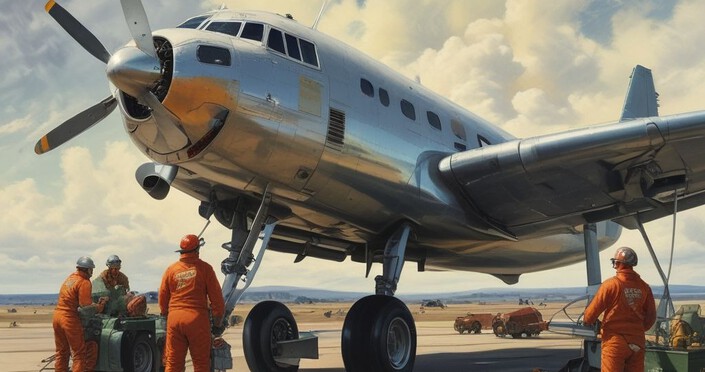Airline Costs and Expenses

Effects of High Airline Costs and Expenses
The airline costs and expenses are normally divided into direct or indirect costs. Indirect overheads consist of all the expenses which depend on aircraft type such as the fuel and crew costs. The indirect overheads include those costs that remain unchanged even where the aircrafts are changed. The major airline costs and expenses that current airline industry encounters are related to fuel, labor, aircrafts ownership and rents, non-aircraft ownership and rents, food and beverages, landing fees and the aircraft maintenance and material (Moreira & Elle, 2014). The majorities of the expenses are fuel and labor costs. Labor costs are mostly fixed over the short term while fuel cost changes wildly depending on global oil prices. In fact, fuel is the most significant airline operating cost while labor cost represents about two thirds of all non-fixed airline costs and expenses. Writers who offer business development assignment help at Edudorm essay writing service notes that this is why layoffs are the best strategy employed by the industry management during the downturn phase of the economy. The management also looks to cut down on workers benefits in order to lower the operating costs (Belobaba, Odoni & Barnhart, 2016). The other costs relating to renting or owning aircrafts consist of amortization and depreciation, the costs of renting terminal gates or facilities. Others airline costs and expenses facing the industry are related to professional services such as legal and advertising expenses, transport related costs such as landing fees , maintenance costs ( these are indirect costs). Other expenses weighing down on the airlines currently are the government fees, food and beverages expenses provided to passengers , operating computer systems that track bookings, fees and commissions paid to agents and other costs that may incidentally be incurred. All these add to the industry operating expenses (Belobaba, Odoni & Barnhart, 2016).
Fuel airline costs and expenses is the major challenge which normally affect the airline industry. The decline in fuel prices which has been experienced since the 2007-2008 economic crises has served as an alarm to the airline management. Lower fuel prices leads to an increase in the number of flights. The airlines experience high profitability along the marginal routes due to lower prices of fuel which drives the argument that revenues can be increased with little cost for new fights. Due to the low fuel costs, the airlines are able to radically experiment with their flight schedules so as to win over market share from competitors. The low fuel prices lead to lower ticket prices and adding to the current high competition, the demand air travel demand and demand for capacity has resulted to an incredible airline industry growth (Hansman, Hansen, Tran, Peterson & Li, 2014). However, profitability is low comparatively although cost per unit has dropped by a great margin. The airlines have greatly reduced the amount of charged on airfares. Experts who offer business assignment help at Edudorm essay writing service indicates that this has seen increased frequency of passenger travels an aspect has informed an addition of adding seats on the carriers due to the winding capacity. This has led to a weak capacity discipline where airlines are being attempted to have the market flooded with seats during such a time that costs are quite low and the demand is high. Whenever the prices of jet fuel have risen, like in 2011, there has been a decrease in profit margin because of other airline costs and expenses. When there is high supply in the market, airlines do not have the pricing power to extend high cost to the passengers (Hansman, Hansen, Tran, Peterson & Li, 2014).
References
Belobaba, P., Odoni, A. R., & Barnhart, C. (2016). The global airline industry. John Wiley & Sons Ltd. 127
Moreira,M. Elle,R.(2014).The main cost-related factors in airlines management. Journal of Transport Literature.
Hansman,J., Hansen,M., Tran,A. Peterson,E., Li,T.(2014). The Impact of Oil Prices on the Air Transportation Industry.


